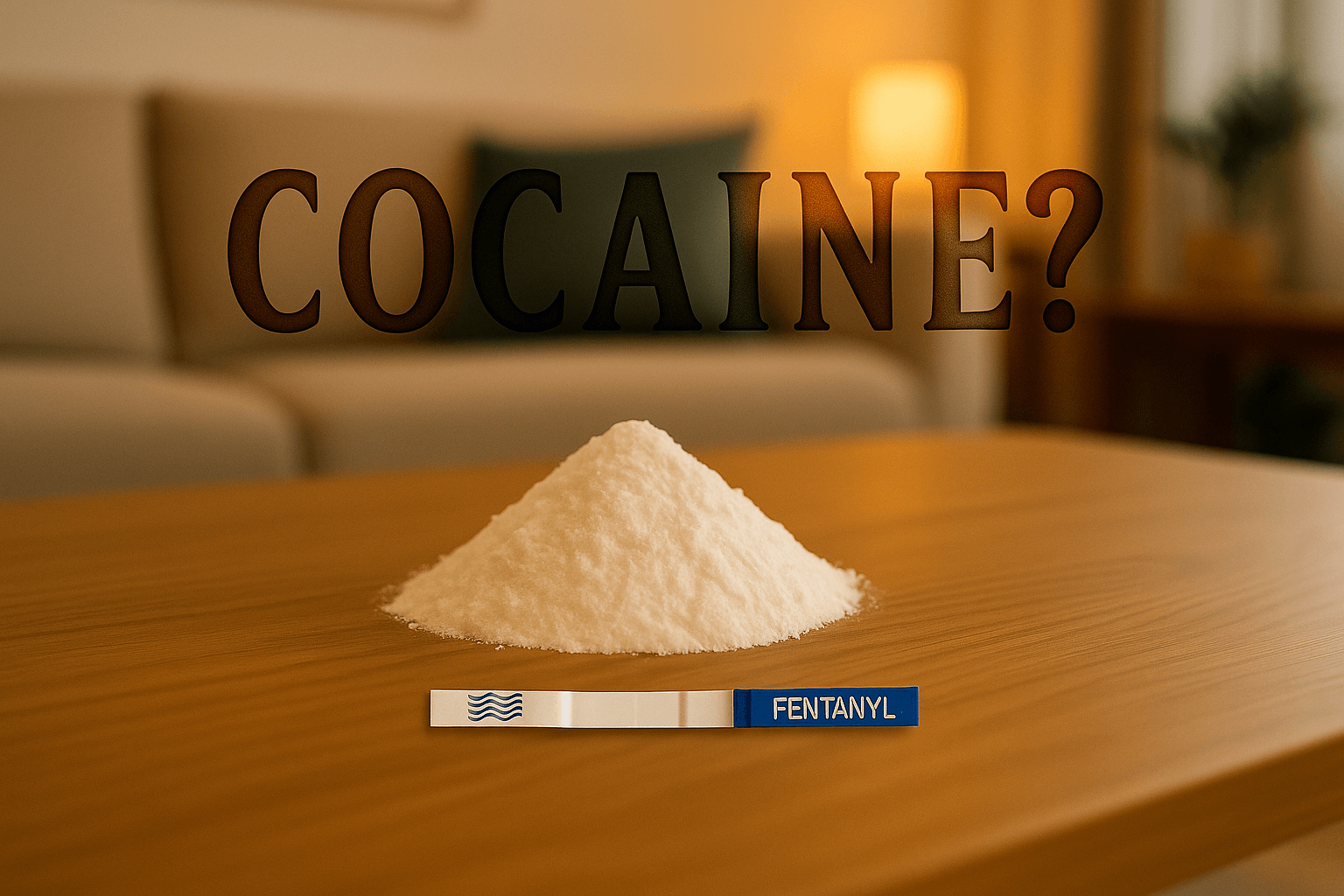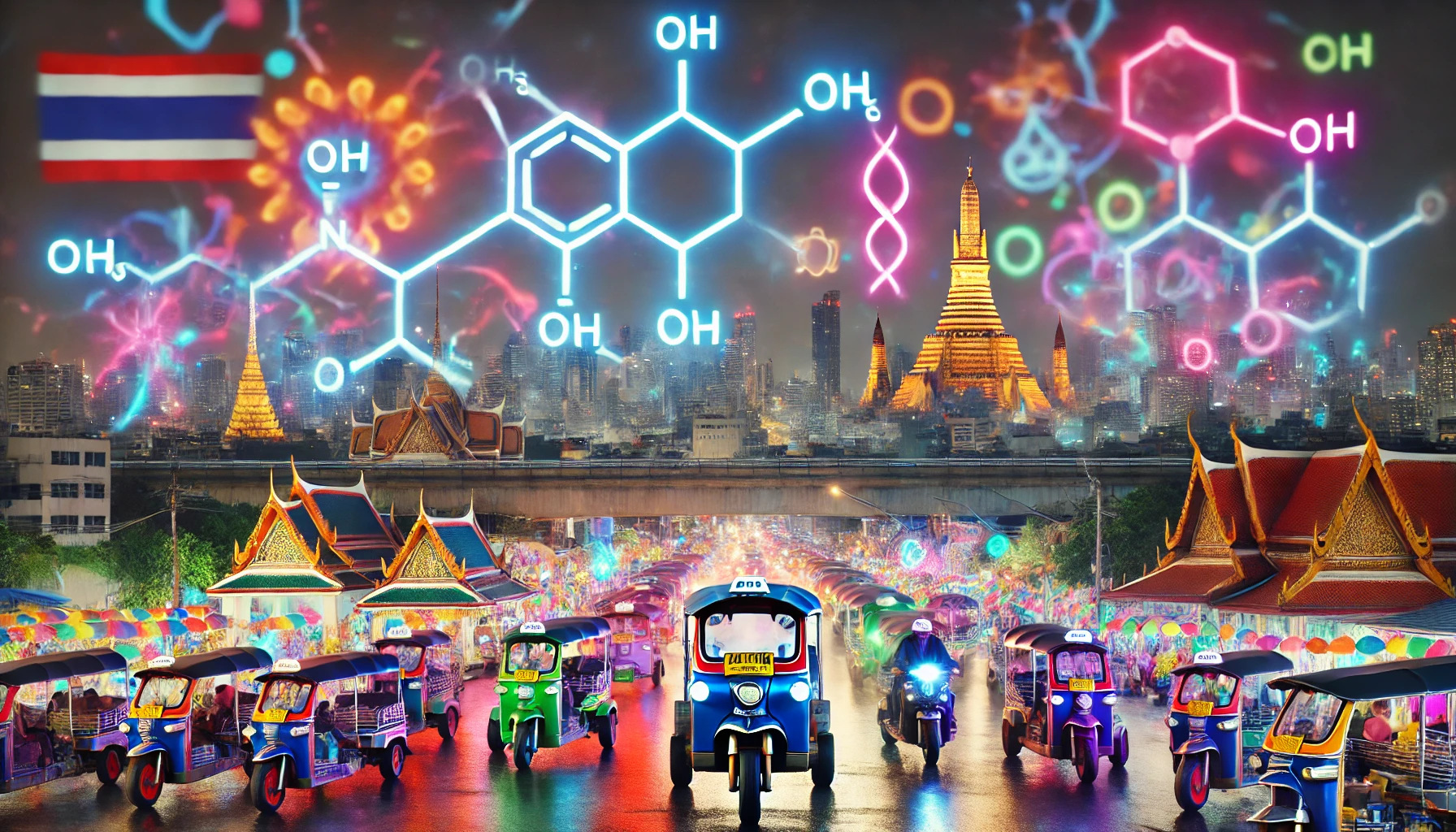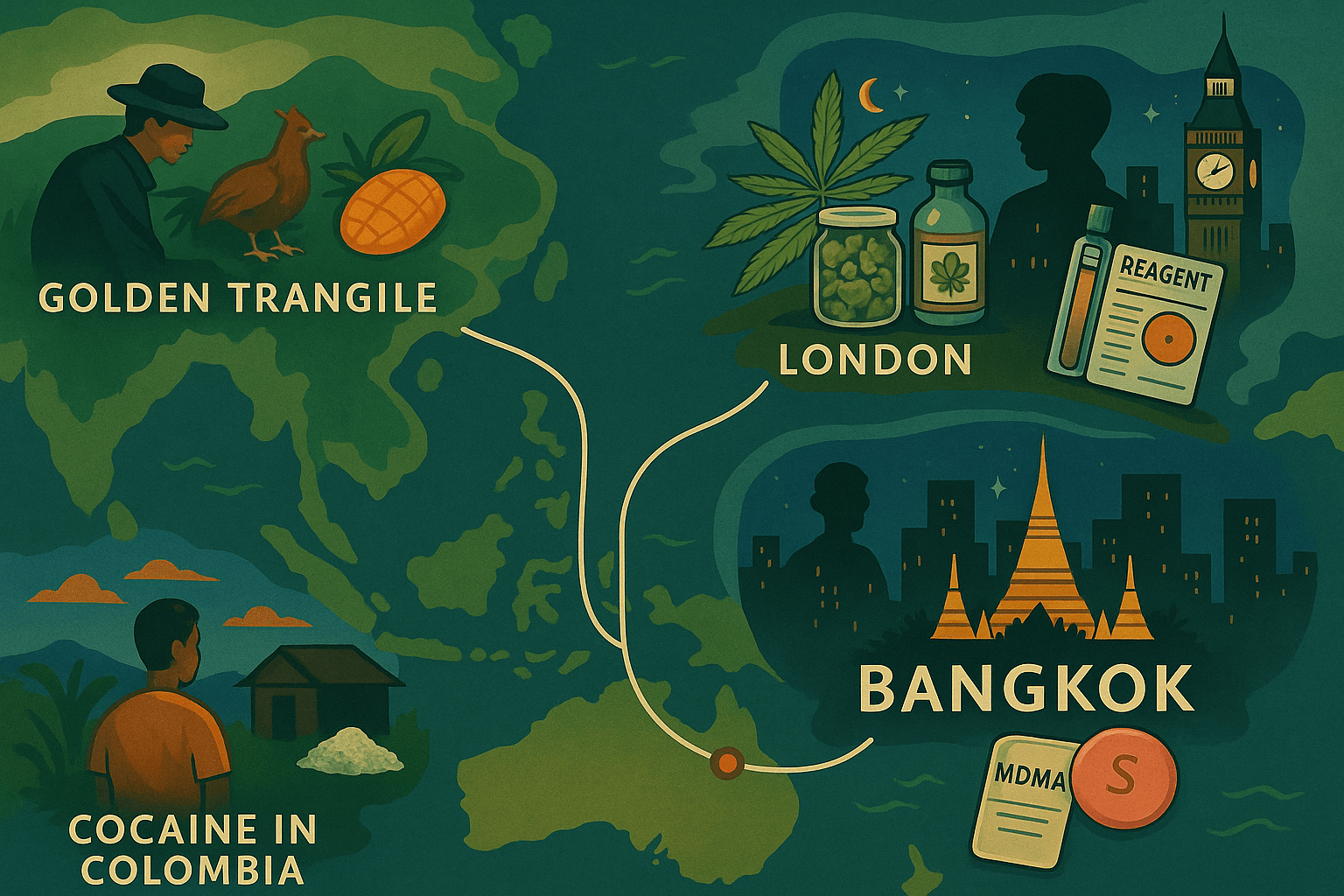彼得·詹金斯 东南亚的禁毒战争 (HarperCollins, 1999) reveals fascinating insights into the clandestine world of drug trafficking, focusing not only on the substances but on the intricate networks that enable their movement. This blog post dives into the hidden systems traffickers use to operate within Southeast Asia, particularly through Thailand and Bangkok, and explores how these systems adapt and thrive despite enforcement crackdowns. By understanding these patterns, we can better predict and mitigate future challenges.
The Golden Triangle’s Legacy: Beyond Production
The Golden Triangle, historically synonymous with opium cultivation, is more than a production hub—it’s a logistical marvel. Jenkins highlights that trafficking success in Southeast Asia depends on networks as much as on the drugs themselves.
Key components include:
- Mountainous Pathways: Unmarked trails in northern Thailand, Myanmar, and Laos enable traffickers to move drugs without detection.
- Local Collaborators: Farmers and villagers often serve as intermediaries, motivated by economic hardship and a lack of alternatives.
- Global Transit Points: Bangkok, with its advanced infrastructure and status as an international travel hub, has long been a critical node in these networks.
詹金斯的见解:
Trafficking routes are rarely static. When enforcement intensifies along one route, traffickers quickly shift to alternatives, often relying on local knowledge and corruption to maintain operations.
Bangkok: The “Switchboard” of Southeast Asia
In Jenkins’ analysis, Bangkok emerges as a central “switchboard” in Southeast Asia’s trafficking networks. Drugs from Myanmar and Laos are funneled through Bangkok’s ports, airports, and roads, destined for domestic markets or exported internationally.
Why Bangkok?
- Geography: Strategically located between production hubs and global markets.
- Infrastructure: High-capacity airports, highways, and ports facilitate the movement of goods—legal and illegal.
- Tourism: Millions of visitors annually provide cover for traffickers who hide shipments among legitimate tourist activity.
Modern Context:
While opium and heroin historically dominated Bangkok’s trafficking landscape, today’s focus has shifted to methamphetamine (yaba), MDMA, and synthetic opioids. Jenkins’ insights into trafficking networks remain relevant as traffickers exploit the same logistical strengths for new substances.
Trafficker Innovations: Adapting to Challenges
One of Jenkins’ most compelling arguments is that traffickers are not just reactive but proactive, constantly innovating to evade detection.
Examples include:
- Use of Dual-Purpose Goods: Traffickers hide drugs in shipments of legitimate goods. Jenkins detailed heroin being concealed in teak logs exported from Myanmar through Bangkok. Today, methamphetamine is hidden in everyday items like coffee packets or electronics.
- Technological Upgrades: By the late 1990s, traffickers in Southeast Asia were already adopting pagers and satellite phones for communication. Now, encrypted messaging apps and cryptocurrency are standard tools for smuggling networks.
- Corruption as a Tool: Jenkins emphasized the role of corruption at all levels, from border guards to customs officials, in facilitating trafficking. Bribery remains a significant barrier to enforcement success.
Drug Flows into Bangkok’s Nightlife
Jenkins also examines how trafficked drugs end up in urban nightlife scenes. Bangkok’s vibrant party culture makes it a natural endpoint for traffickers supplying MDMA, cocaine, and methamphetamine.
Anecdote from Jenkins’ Book:
In the late 1990s, one of Bangkok’s largest heroin seizures occurred after police traced small packages sold in Khao San Road bars back to a major shipment routed through Suvarnabhumi Airport. This incident highlighted how nightlife venues often serve as the final stop in a long trafficking chain.
The Role of Borders and Buffer Zones
Jenkins dedicates significant attention to the porous borders of Thailand, Myanmar, and Laos, which have historically been the Achilles’ heel of enforcement efforts. Despite military patrols and checkpoints, traffickers leverage the region’s rugged terrain and local knowledge to bypass restrictions.
Patterns of Adaptation:
- Shifting Entry Points: When Thailand increased border patrols in Chiang Rai, traffickers redirected shipments through Cambodia and Vietnam.
- Decentralized Distribution: Jenkins notes that traffickers began breaking large shipments into smaller parcels to reduce the impact of interceptions.
Modern Relevance:
These same strategies are now being used to traffic synthetic drugs, with yaba and ice flowing into Bangkok from multiple routes. Jenkins’ work provides a blueprint for understanding how traffickers adapt to enforcement, highlighting the need for intelligence-driven approaches.
The Future of Trafficking in Bangkok
Based on Jenkins’ observations, we can anticipate several future trends in Bangkok’s drug landscape:
- Synthetic Drug Proliferation: As methamphetamine production becomes more industrialized, Bangkok’s role as a distribution hub will only grow.
- Emergence of New Routes: Traffickers are likely to exploit alternative entry points, such as secondary airports and overland routes through Cambodia and Malaysia.
- Increased Use of Technology: Blockchain transactions and GPS tracking will make it harder to trace trafficking networks.
Bangkok’s Unique Challenge:
As Jenkins warns, enforcement alone is insufficient. Trafficking networks are too agile and resourceful to be dismantled solely through crackdowns. A comprehensive approach, combining enforcement with harm reduction and community engagement, is necessary.
Harm Reduction: A Necessary Counterbalance
One of Jenkins’ critiques of Southeast Asian drug policy is the lack of emphasis on harm reduction. While Thailand’s War on Drugs focused on punitive measures, harm reduction strategies were neglected, leaving users vulnerable to dangerous substances.
Today’s Harm Reduction Efforts:
Bangkok is slowly embracing harm reduction. Drug testing kits, like those offered by Happy Test Shop, empower users to verify substances and avoid contaminated drugs. These tools disrupt the final stages of trafficking networks by reducing demand for unsafe products.
Lessons from Jenkins for Today’s Bangkok
Jenkins’ work teaches us that drug trafficking is not just about the drugs—it’s about the systems, networks, and incentives that sustain the trade. In 2024, Bangkok finds itself at a crossroads:
- It remains a critical node in global trafficking networks.
- Testing and harm reduction efforts are gaining traction but require broader adoption.
- Future policies must balance enforcement with proactive harm reduction to break the cycle of trafficking and adaptation.




